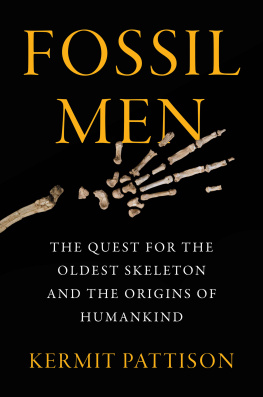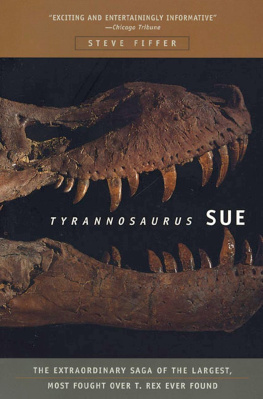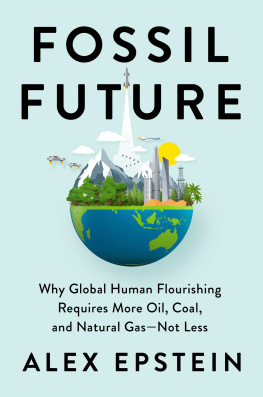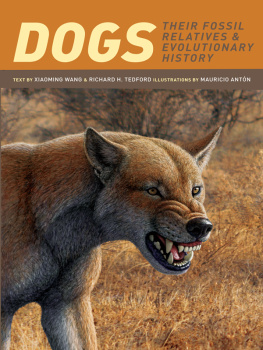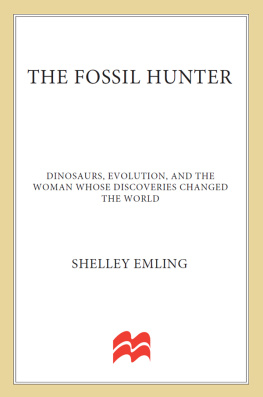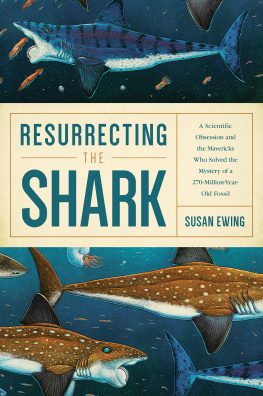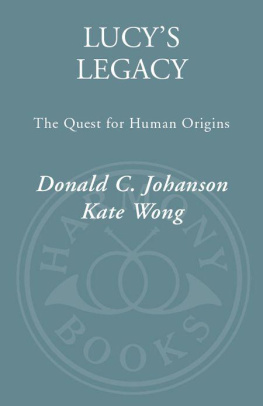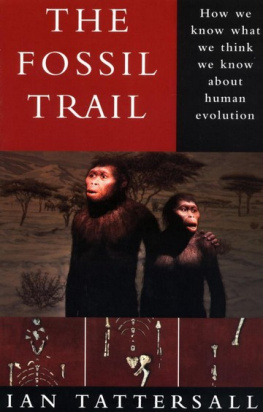Kermit Pattison - Fossil Men: The Quest for the Oldest Skeleton and the Origins of Humankind
Here you can read online Kermit Pattison - Fossil Men: The Quest for the Oldest Skeleton and the Origins of Humankind full text of the book (entire story) in english for free. Download pdf and epub, get meaning, cover and reviews about this ebook. City: New York, year: 2020, publisher: William Morrow, genre: Science. Description of the work, (preface) as well as reviews are available. Best literature library LitArk.com created for fans of good reading and offers a wide selection of genres:
Romance novel
Science fiction
Adventure
Detective
Science
History
Home and family
Prose
Art
Politics
Computer
Non-fiction
Religion
Business
Children
Humor
Choose a favorite category and find really read worthwhile books. Enjoy immersion in the world of imagination, feel the emotions of the characters or learn something new for yourself, make an fascinating discovery.
- Book:Fossil Men: The Quest for the Oldest Skeleton and the Origins of Humankind
- Author:
- Publisher:William Morrow
- Genre:
- Year:2020
- City:New York
- Rating:3 / 5
- Favourites:Add to favourites
- Your mark:
Fossil Men: The Quest for the Oldest Skeleton and the Origins of Humankind: summary, description and annotation
We offer to read an annotation, description, summary or preface (depends on what the author of the book "Fossil Men: The Quest for the Oldest Skeleton and the Origins of Humankind" wrote himself). If you haven't found the necessary information about the book — write in the comments, we will try to find it.
A rip-roaring tale, Fossil Men is one of those rare books that can be a prism through which to view the world, exposing the fabric of the Earth and illuminating the Tree of Life. New York Times bestselling author Peter Nichols
A decade in the making, Fossil Men is a scientific detective story played out in anatomy and the natural history of the human body: the first full-length account of the discovery of a startlingly unpredicted human ancestor more than a million years older than Lucy
It is the ultimate mystery: where do we come from? In 1994, a team led by fossil-hunting legend Tim White uncovered a set of ancient bones in Ethiopias Afar region. Radiometric dating of nearby rocks indicated the resulting skeleton, classified as Ardipithecus ramidusnicknamed Ardiwas an astounding 4.4 million years old, more than a million years older than the world-famous Lucy. The team spent the next 15 years studying the bones in strict secrecy, all while continuing to rack up landmark fossil discoveries in the field and becoming increasingly ensnared in bitter disputes with scientific peers and Ethiopian bureaucrats. When finally revealed to the public, Ardi stunned scientists around the world and challenged a half-century of orthodoxy about human evolutionhow we started walking upright, how we evolved our nimble hands, and, most significantly, whether we were descended from an ancestor that resembled todays chimpanzee. But the discovery of Ardi wasnt just a leap forward in understanding the roots of humanity--it was an attack on scientific convention and the leading authorities of human origins, triggering an epic feud about the oldest family skeleton.
In Fossil Men, acclaimed journalist Kermit Pattison brings us a cast of eccentric, obsessive scientists, including White, an uncompromising perfectionist whose virtuoso skills in the field were matched only by his propensity for making enemies; Gen Suwa, a Japanese savant whose deep expertise about teeth rivaled anyone on Earth; Owen Lovejoy, a onetime creationist-turned-paleoanthropologist with radical insights into human locomotion; Berhane Asfaw, who survived imprisonment and torture to become Ethiopias most senior paleoanthropologist; Don Johanson, the discoverer of Lucy, who had a rancorous falling out with the Ardi team; and the Leakeys, for decades the most famous family in paleoanthropology.
Based on a half-decade of research in Africa, Europe and North America, Fossil Men is not only a brilliant investigation into the origins of the human lineage, but the oldest of human emotions: curiosity, jealousy, perseverance and wonder.
Kermit Pattison: author's other books
Who wrote Fossil Men: The Quest for the Oldest Skeleton and the Origins of Humankind? Find out the surname, the name of the author of the book and a list of all author's works by series.

